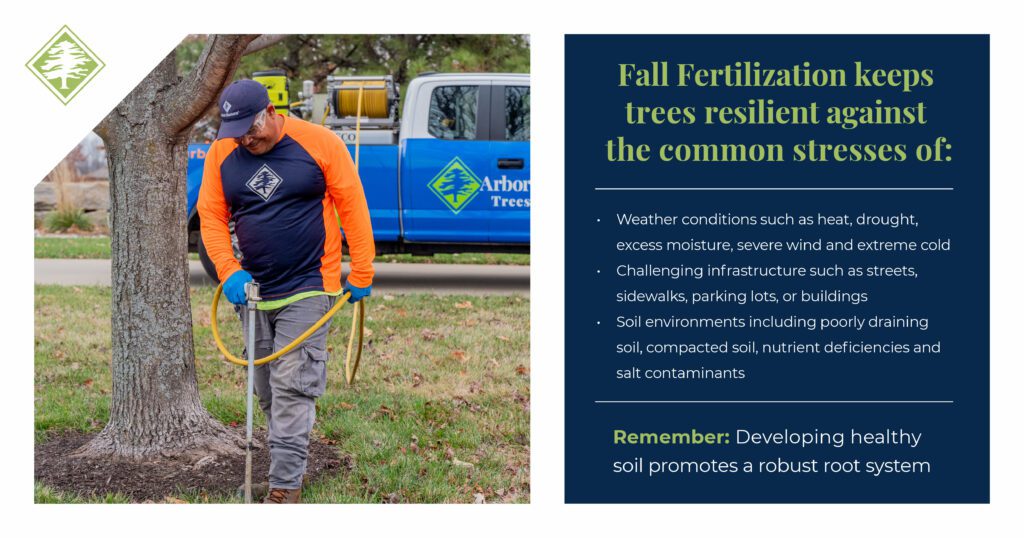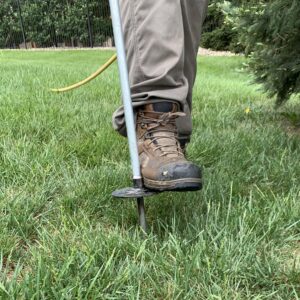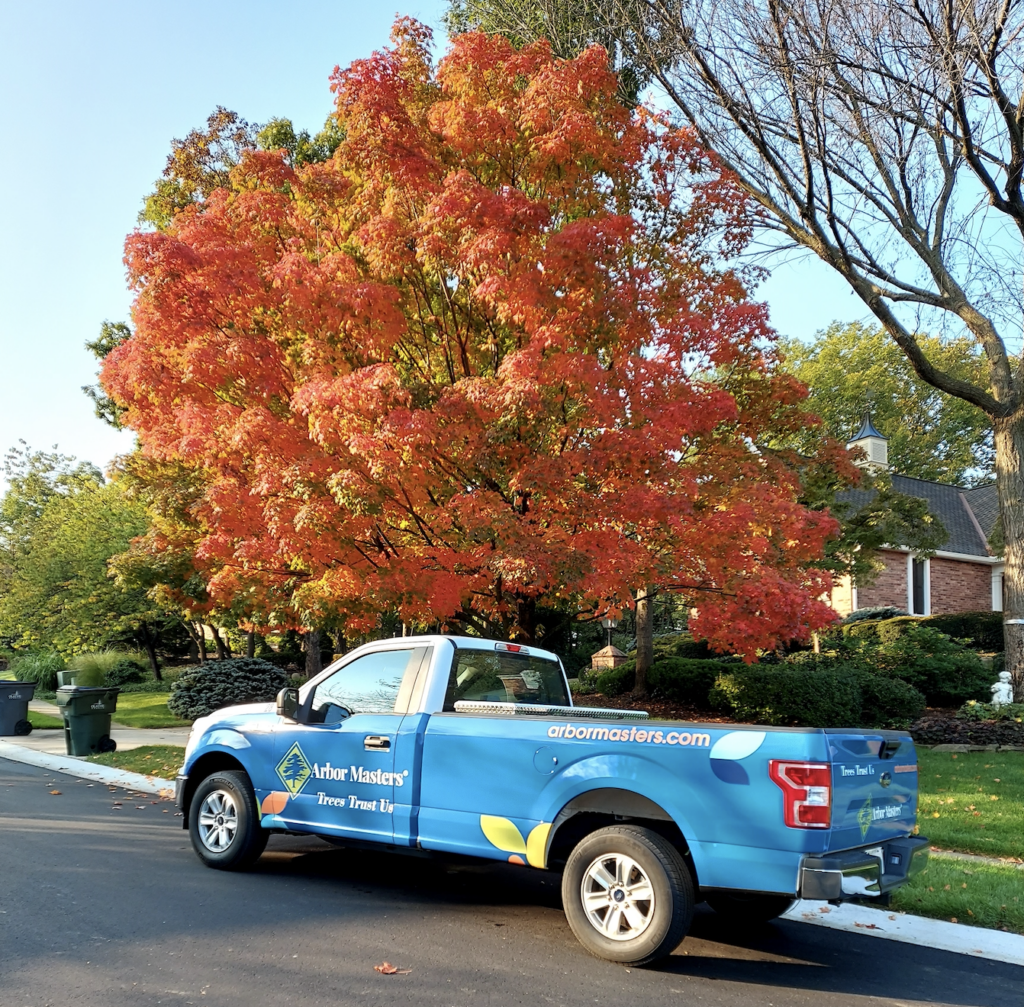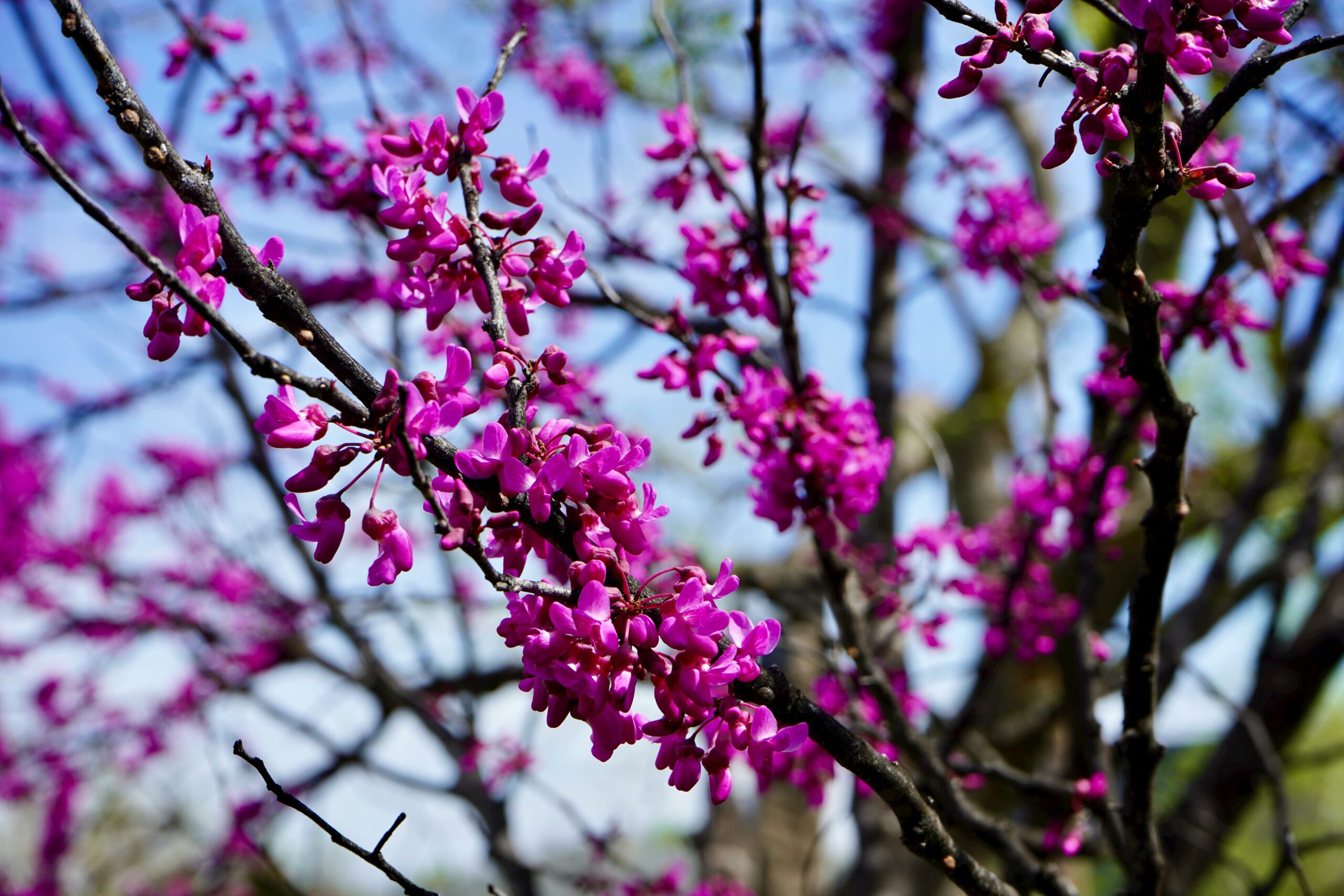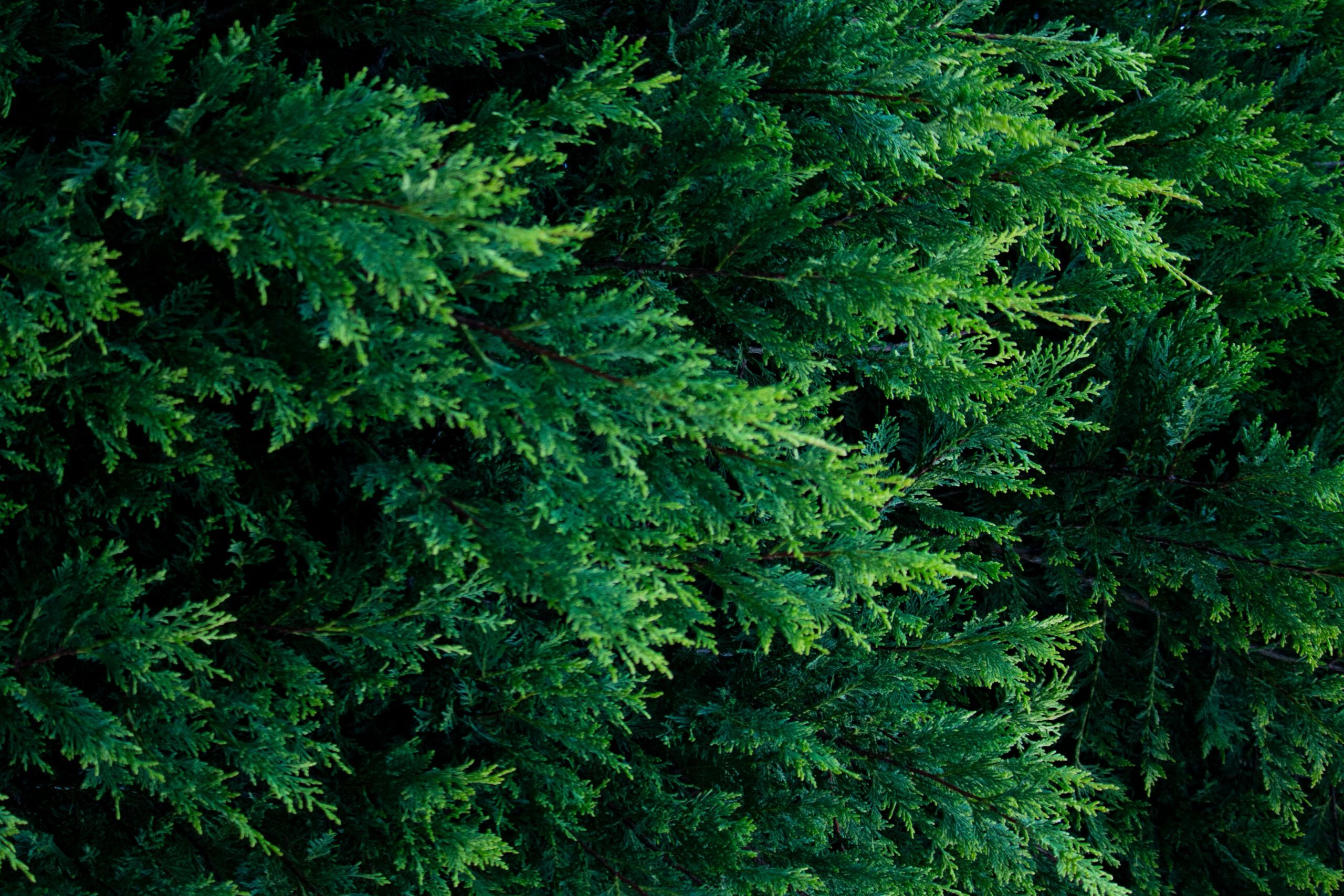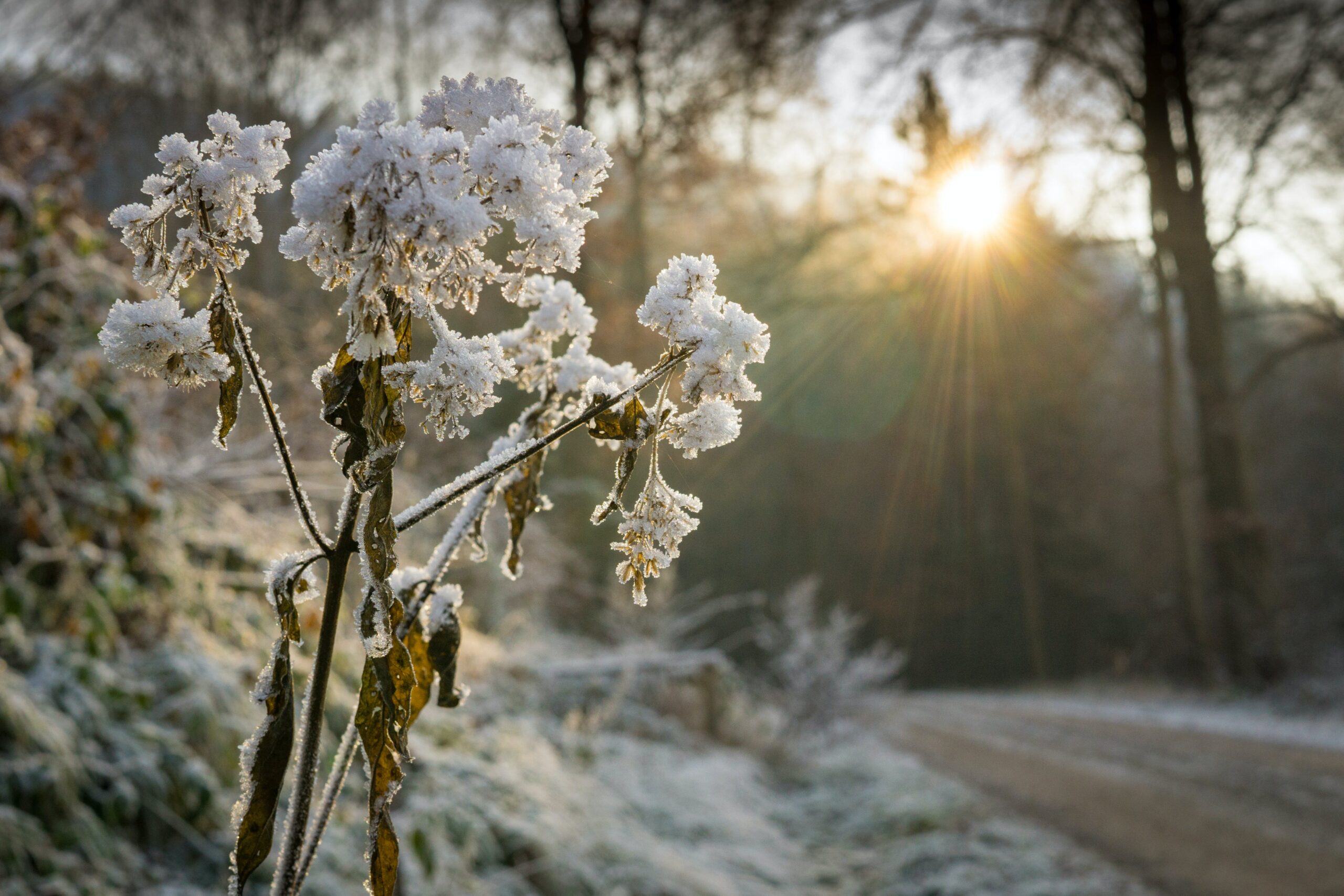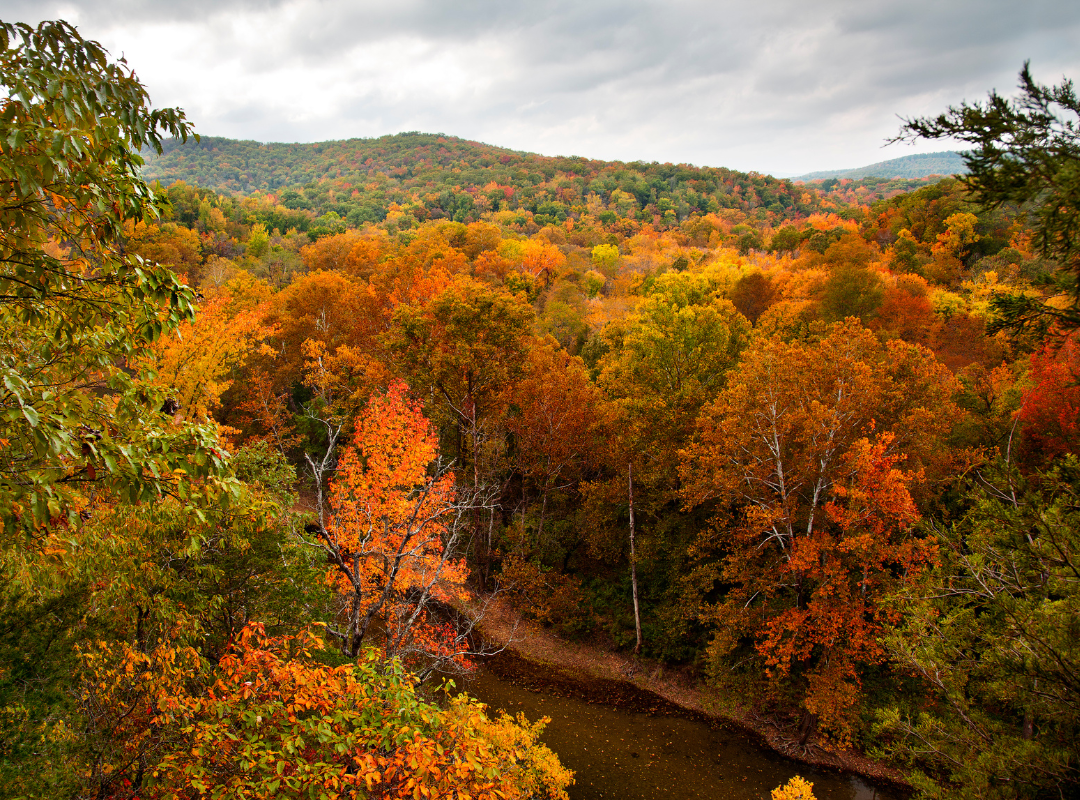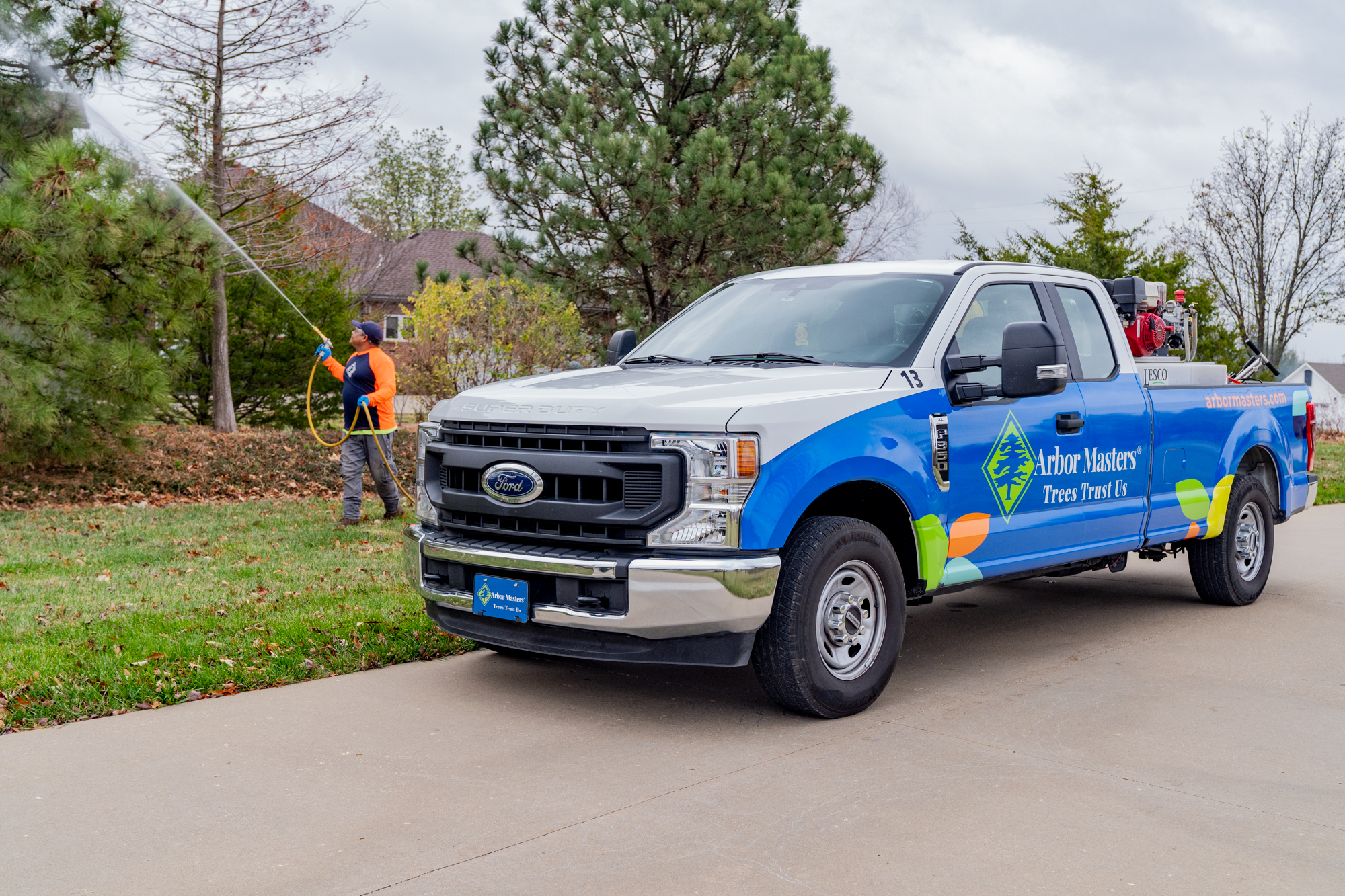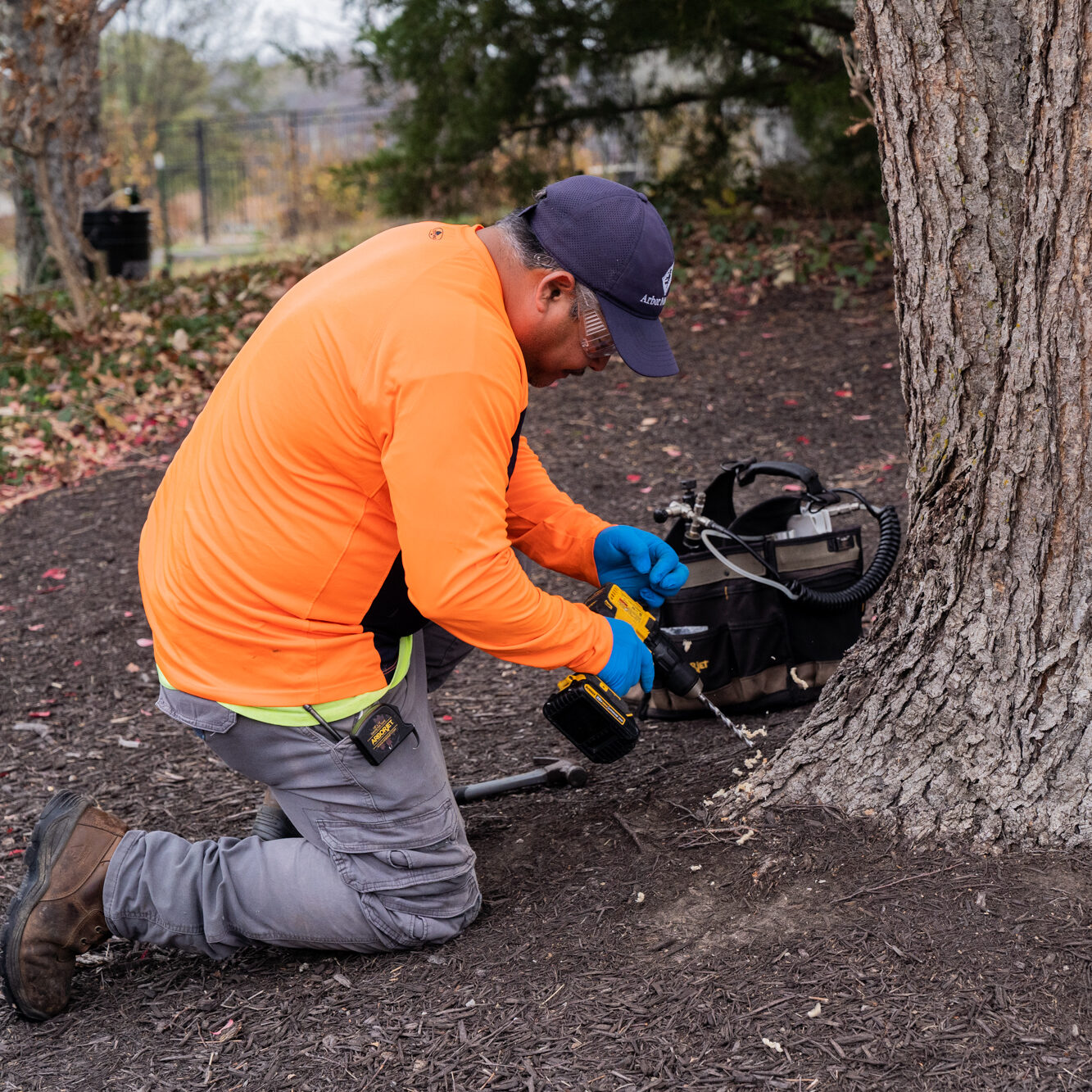Fall is a critical time for trees to receive fertilization. Trees use up their nutrients during growth periods earlier in the year to prepare for winter. When trees must conserve water and energy, it causes them to lose their leaves in the fall.
When trees lose their leaves in a forest, they break down over time, providing a slow, consistent release of essential nutrients throughout the winter to feed trees and other plant life and support the surrounding soil. In our urban environments, we often rob our trees of this essential nutrient source in the fall as leaves drop and we rake them away to declutter. Luckily, we’ve developed a way to replace those missing nutrients by introducing tree fertilizer. To understand the importance of fertilization, you need to identify the signs of nutrient loss in your trees, understand the different types of tree fertilizer and their benefits, know when the right time for fertilization is and understand the different methods of tree fertilization.
Reading the Signs: When Does Your Tree Need Fertilization?
When trees lack their essential nutrients, they will show signs of damage or decline. Trees lacking nutrients may develop pale green or yellow foliage and have mottled patterns between veins, stunted leaves and early changing color. In some cases, the tree may experience early leaf drop.
As fall sets in and trees begin to naturally change color and lose their leaves for the dormant season, it is important to know the differences between natural color changes and leaf drops from nutrient issues. Here is how to tell:
Leaves Dropping Too Early
Fall leaf color change usually starts in late summer or early fall and continues through the fall. Natural leaf drop usually starts in early fall and carries into winter. If your tree is losing its leaves well before other trees in your area, it may be related to stress or lack of nutrients in the soil.
Wilting and Dead Branches
Trees that are stressed or have nutrient problems will often have other symptoms, such as wilting leaves, stunted growth, or dead branches. During dry spells, cracks in the soil may be another indication of unhealthy soil or soil conditions. Check the top few inches of soil to determine moisture level. We recommend watering 1 inch per week to combat dry soil.
Dull Leaf Color
The colors of leaves that are changing due to stress or nutrient problems are often dull and unhealthy-looking. When a tree enters dormancy early and does not have the nutrients in the soil that it needs, it can begin spring season at a disadvantage to all the upcoming challenges of the growing season. The colors of leaves that are changing due to fall are usually bright and vibrant.
If your trees are showing signs like early leaf drop, wilting, stunted growth, decaying branches or abnormal leaf color, it’s time to consider fall fertilization.
Fall Feeding: The Benefits of Fall Tree Fertilization
Just like people, trees need a well-balanced diet to live long, healthy lives. Fertilizing your trees in the fall will help to provide essential nutrients, protect against extreme weather and help create a hospitable environment for the tree to thrive. Below are the benefits to fall fertilization:
Nutrients that Increase Tree Health
Essential nutrients to the soil like phosphorus, potassium, zinc, boron and magnesium help trees more easily develop a robust root system, produce chlorophyll through its foliage for food and more efficiently use its proteins and carbohydrates. Healthy trees are also better prepared to withstand external pressures like extreme weather, physical damage and pests.
Safety Against Extreme Weather
As extreme weather events become more common throughout the central plains region in states like Iowa, Kansas, Missouri, Oklahoma and Texas, it is more important than ever to support your local ecosystems to survive the conditions. Providing your soil with fall fertilization can help protect your trees from extreme cold, long-lasting drought, severe wind and other weather conditions during harsh winters.
Protection from a Growing Environment
In today’s modern built environment, excessive heat retention from streets, sidewalks, parking lots and even homes and commercial buildings can radiate heat that can damage foliage and impact soil conditions. By giving your soil a fertilization treatment in the fall, you can better retain the soil’s essential nutrients and enhance its structure, helping to protect from poor drainage, overly compacted soil and persistent heat.
Proper fertilizing helps trees and other plant life receive and retain essential nutrients, withstand extreme weather and improve the overall growing environment. However, not all fertilizers are the same. As you are researching fall fertilizers, it is important to know the differences and varying uses of fertilizer compounds.
How to Choose the Right Fertilizer for Your Trees
Fertilizers use naturally occurring elements like nitrogen, phosphorus and potassium, often referred to as NPK for their periodic table of elements abbreviations. These are the building blocks of most fertilizer solutions. Our fertilizers also include additional elements like sulfur, calcium and magnesium, and micronutrients like iron, manganese and zinc.
Different trees need different fertilizer solutions. What’s right for one tree may not be right for another. Because of this, fertilizer is often referred to by the amount of each element (NPK) included in the fertilizer mixture. For example, a common fertilizer is a 10-10-10 solution, representing 10% Nitrogen, 10% Phosphorus and 10% Potassium.
Here are a few tips about fertilizing different trees in your yard
The Arbor Masters Regenerates fertilization program, recommended for damaged, diseased, mature and new-growth trees, uses beneficial microbes and biochar in addition to seasonally appropriate NPK and micronutrient ratios. The microbes can invigorate existing soil biology which aids tree roots in accessing moisture and nutrients in the soil. The biochar helps retain moisture and nutrients, reducing leaching during excessive rain and flooding. Contact us today to learn more about our different fertilizing options.
Once you have identified the most beneficial fertilizer compound for your trees, it is time to get it in the soil! Application isn’t one-size-fits-all. There are multiple different techniques to consider when applying fall fertilizer.
How Arbor Masters Fertilizes Your Trees in the Fall
At Arbor Masters, we primarily apply our fertilizer by soil probe, but will occasionally recommend other methods as seen below:
- Soil probe liquid application: Fertilizer is applied beneath most turf roots where tree roots can better access the nutrients. This is Arbor Masters’s most common fertilizing technique because it is the most direct application of the fertilizer.
- Surface drench liquid application: Fertilizer is applied to surface of ground where the nutrients sink into the soil.
- Granular application: Fertilizer is encapsulated in a clay compound to restrict it from breaking down all at once. The clay is scattered throughout root zone, and hand watering, irrigation or regular rain are necessary for the fertilizer to be effective.
- Foliar spray: This method offers quick results but doesn’t last as long as other methods. Foliar spray is best suited for small trees and shrubs.
- Drilling: Fertilizer is applied by digging holes 2 inches or more in diameter, and up to 8 inches deep. The holes are backfilled with the chosen fertilizer.
With methods like surface drench and granular application, heavy rainfall can wash away fertilizer nutrients before they’ve had time to adequately absorb into the soil. To combat this, plan your fertilizing several days ahead of anticipated storms or at least 3 days after a storm.
Once you understand why your trees need fertilizing, the benefits of fertilizing, what fertilizer is right for your trees and how to properly fertilize, you can choose when to fertilize your trees.
Timing is Everything: Fall vs Spring Fertilization
Fertilization isn’t reserved for just one time of the year. At Arbor Masters, we recommend fertilization in all seasons. Summer and Winter fertilization have their own benefits, but they are not widely known. Fall and Spring fertilization are the most well-known and commonly recommended times to fertilize.
Spring Fertilization
Spring fertilization is highly effective in helping add volume to trees’ foliage. High-nitrogen fertilizers are often used in the spring as they kickstart the tree’s growth coming out of the dormant period. We recommend spring fertilization for younger trees who need to develop lush foliage in the springtime to promote growth throughout the summer.
Fall Fertilization
While springtime is good for adding to a tree’s lush foliage growing period, fall fertilization is aimed underground. As the temperature drops and leaves fall, tree growth focuses on their root system. Tree roots remain active until the soil temperature drops below 40 degrees, often weeks after trees have dropped their final leaves for the dormant period.
Our fall fertilizers contain potassium to enhance the deep root development during this period while the tree isn’t spending its energy growing new foliage. However, the best time to assess your tree’s health is when leaves are still on the tree. Before your trees begin to change this fall, give us a call to schedule a visit. There are times when it’s helpful to fertilize your trees in summer and winter if they need additional amending. We can determine your tree’s needs and recommend applications for the fall season and beyond as we offer fertilization year-round, with specific formulas for each season.
General Fall Tree Care Tips
Fertilizing isn’t the only way to care for your trees in the fall. Regular tree care is essential to ensure your tree absorbs nutrients from treatments from fertilizing. As leaves begin to crown the ground, fall is the perfect time to assess your tree’s mulching. Organic mulches and mulched leaves left under the canopy benefit the tree, holding moisture in the soil during dry spells.
The past two winters in the central plains region have been abnormally dry, so providing decomposing leaves and mulches that produce slow-release nutrients will improve the soil. Keep mulch and leaves several inches away from the trunk and limit mulching to 4 inches deep to avoid suffocating the roots. If your trees are not properly mulched and you regularly remove fallen leaves, fall fertilization is especially important for trees.
Ensuring Your Trees’ Health with Fall Fertilization
Fertilizing is an essential step in providing comprehensive plant health care. In our built environments, we are consistently taking away essential, natural nutrients from our plants and trees. Pairing fall fertilization with organic mulching, seasonal pruning and appropriate watering can help retain moisture in the soil, provide supplemental nutrients, protect from extreme weather and mimic a natural environment for your trees to thrive in.
If you are ready to plan your fall fertilization to help your trees live longer and stay healthier, contact us today to schedule a visit where we will diagnose and prescribe a custom fertilizing treatment for your unique tree.



